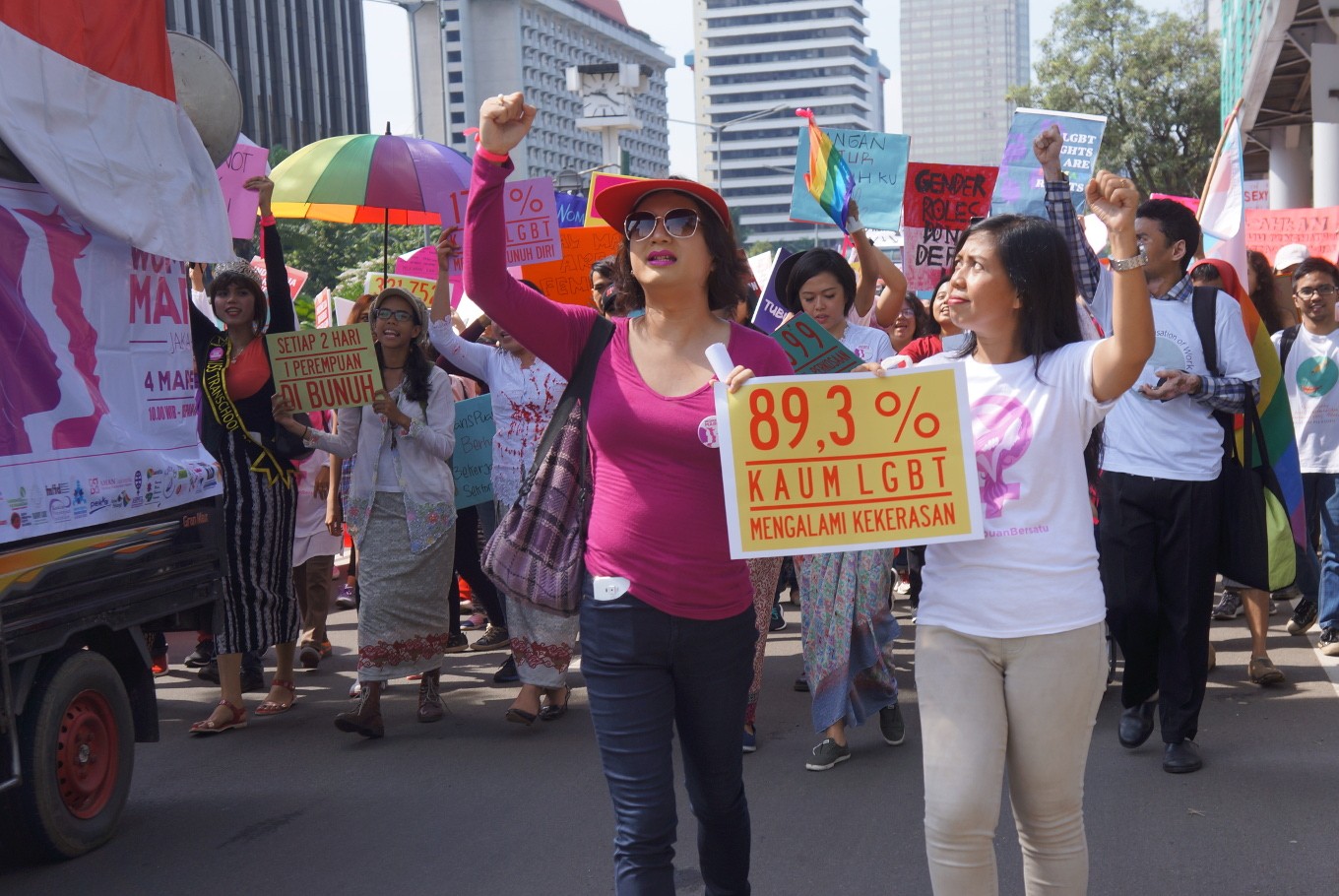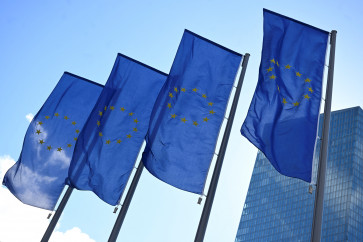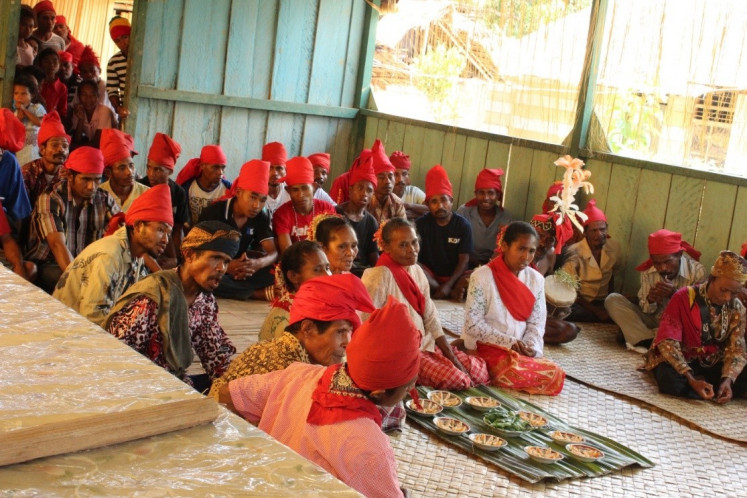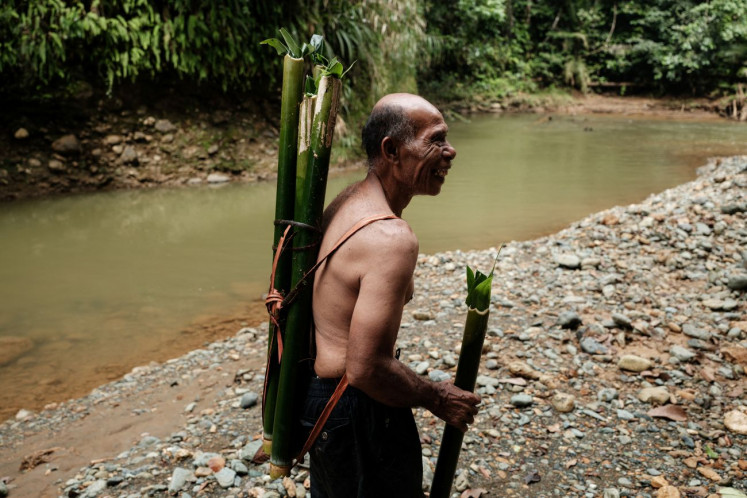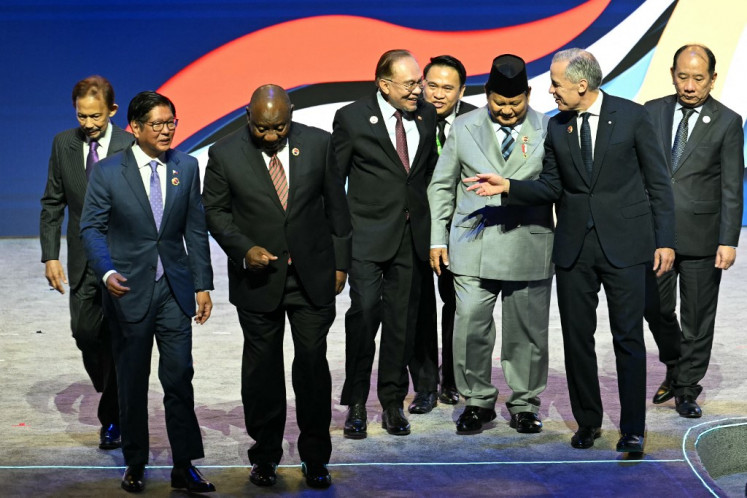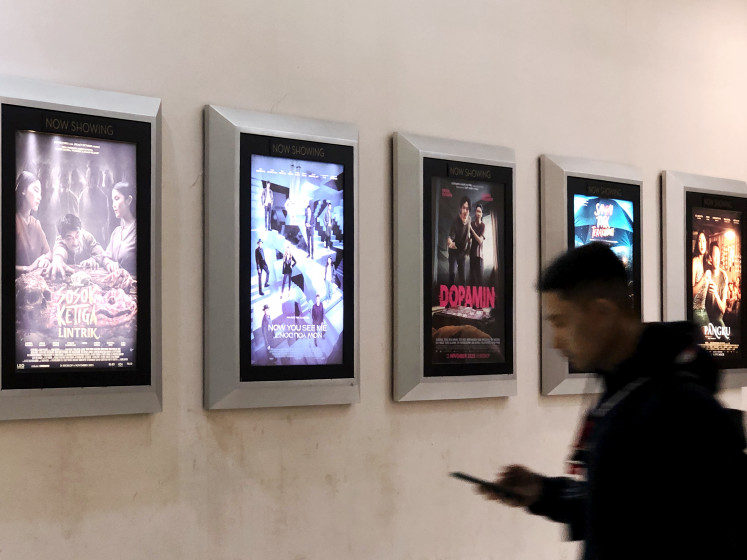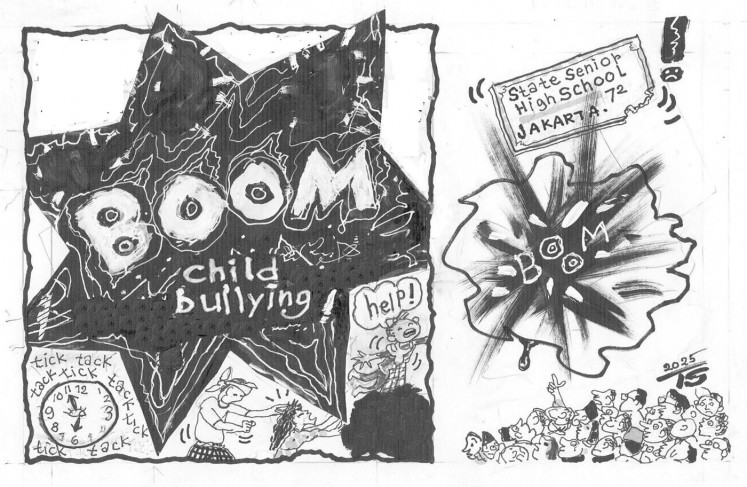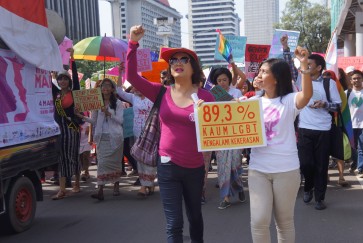Popular Reads
Top Results
Can't find what you're looking for?
View all search resultsPopular Reads
Top Results
Can't find what you're looking for?
View all search resultsIndonesian Women's March: When women and LGBT people unite
As I talked to a transgender woman activist I began to notice the importance of exploring the relations between LGBT activisms and women’s movements in Indonesia.
Change text size
Gift Premium Articles
to Anyone
A
crowd mostly wearing pink outfits assembled in front of the Sarinah Plaza on the morning of March 4. Young and old, men, women, transgenders and people with disability then walked together to the National Monument yelling, “Women move forward! They can’t be stopped! Women unite! They can’t be defeated!” Banners highlighting gender issues were raised up, rainbow color flags and decorations waving in the air, representing Indonesian LGBT communities.
In celebration of International Women’s Day, Indonesia’s Women March was not only about women rights. One of the organizers, Kate Walton, asserted that the march aimed to address current politics that ignore the rights of marginalized groups, including LGBT, people with disability, and indigenous people.
As I talked to a transgender woman activist I began to notice the importance of exploring the relations between LGBT activisms and women’s movements in Indonesia.
The year 2016 was a bleak year for Indonesian LGBT. Various officials, politicians, and religious organizations publicly denounced Indonesian LGBT through derogatory statements conflating consented same-sex relationship with pedophilia, mental illness, and sexual deviance.
Further, while in the past years religious vigilante groups, particularly the Islam Defenders Front (FPI), were the actors behind the raids and attacks against queer activism, it does not help that the government stated that there is no place for LGBT movements in the country. International organizations were asked to stop working on the issue and channeling supports to local LGBT organizations.
To juggle in this hostile landscape, LGBT activism is therefore forced to build tactical moves to ensure the movement’s survival, while still generating incremental changes.
Merging with the women’s movements is one of the tactics. The history of Indonesian lesbian activism demonstrates that the lesbian (and transgender) movement can be the bridge to link the LGBT and women’s movements, which share similar objectives —to address stigma and discrimination on the basis of gender and sexuality.

